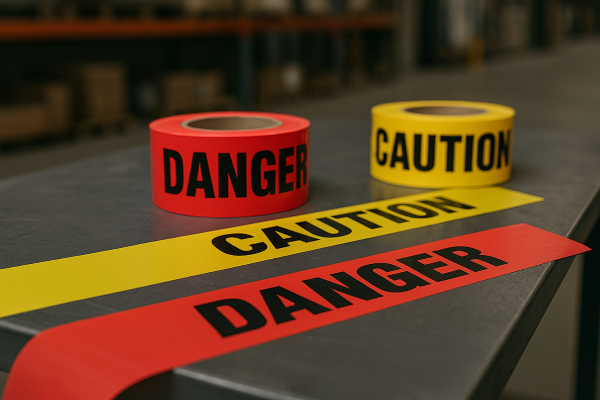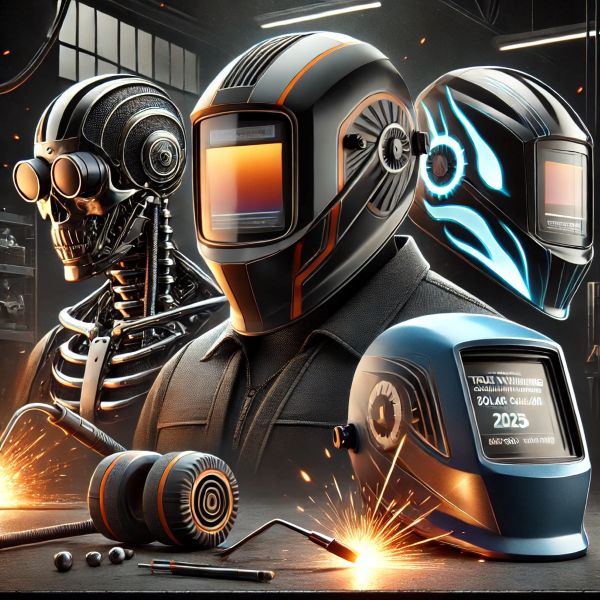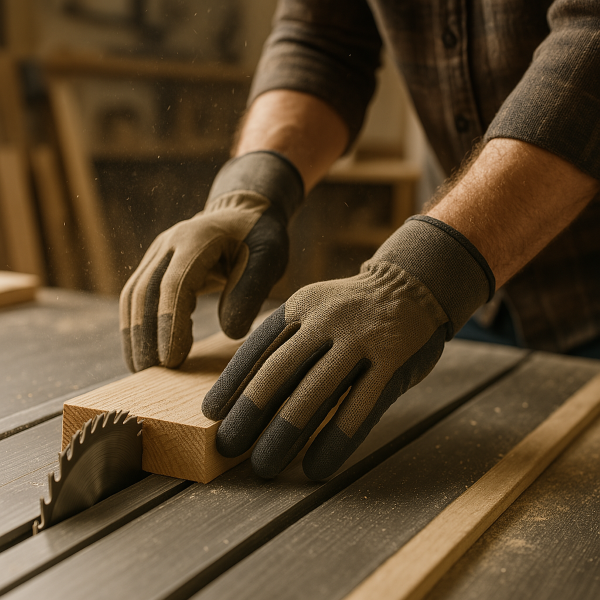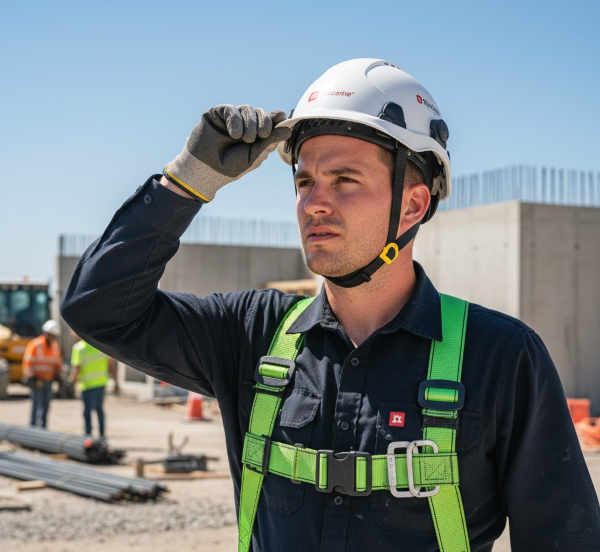Hard Hat vs. Bump Cap: Which One Do You Really Need?
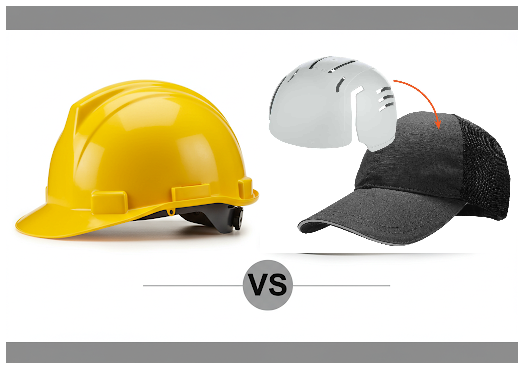
Whether you’re on a bustling construction site or working in a warehouse, head protection is non-negotiable. But here’s the real question—do you need a hard hat or just a bump cap?
The difference might seem subtle at first glance, but choosing the right gear can mean the difference between a minor inconvenience and a serious injury. In this guide, we’ll break down the pros, cons, and specific use cases for hard hats vs. bump caps, so you can make the safest and most practical decision for your work environment.
What Is a Hard Hat?
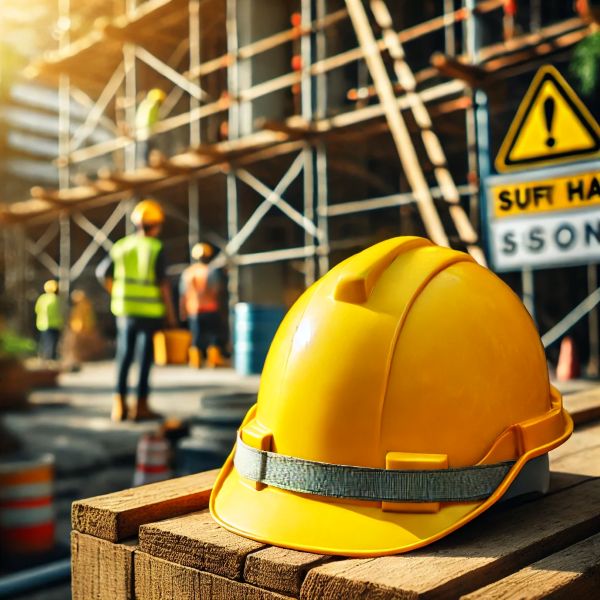
A hard hat is a type of helmet specifically designed to protect against high-impact injuries from falling objects, electrical hazards, and projectiles. It’s constructed with a rigid outer shell and an internal suspension system that absorbs shock.
Key Features:
- High-impact resistance (rated under ANSI/ISEA Z89.1)
- Electrical insulation (Class G, E, or C)
- Suspension system for shock absorption
- Available with face shields, earmuffs, and chin straps
- Mandatory in construction, industrial, and electrical environments
Ideal For:
- Construction sites
- Mining operations
- Demolition areas
- Electrical utility work
- Forestry and logging jobs
What Is a Bump Cap?

A bump cap looks like a low-profile baseball cap with a hard insert, designed for low-impact protection against bumps, scrapes, and head contact with stationary objects. It’s not ANSI-certified for impact protection from falling objects.
Key Features:
- Lightweight and comfortable
- Offers minimal protection
- No ANSI impact certification
- Ideal for tight spaces or low-clearance environments
- Often used indoors or in logistics
Ideal For:
- Warehouse workers
- Mechanics
- Maintenance staff
- HVAC technicians
- Delivery drivers
Hard Hat vs. Bump Cap: Feature Comparison
| Feature | Hard Hat | Bump Cap |
|---|---|---|
| Impact Protection | High (ANSI-rated) | Low (not ANSI-rated) |
| Weight | Heavier | Lightweight |
| Comfort | Less comfortable over long use | More comfortable |
| Electrical Protection | Yes (for Class G & E) | No |
| Use Environment | Outdoor, hazardous worksites | Indoor, low-risk environments |
| Customization | Yes (accessories, colors) | Limited |
| Cost Range | $15–$100+ | $10–$35 |
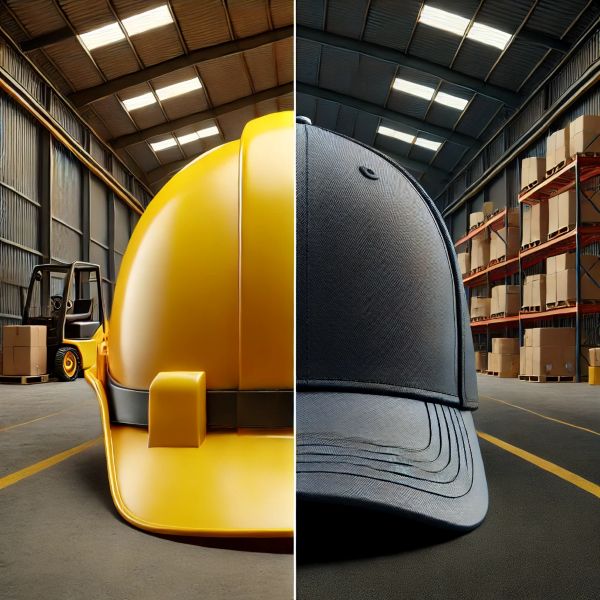
Visual Comparison: Hard Hat vs. Bump Cap
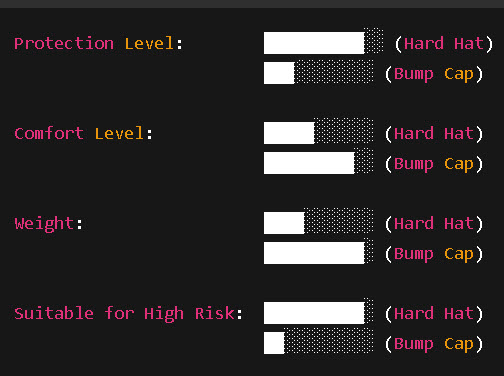
When to Choose a Hard Hat
Choose a hard hat if:
- You work where there’s a risk of falling tools, debris, or materials.
- You’re exposed to electrical hazards or moving machinery.
- Your workplace has OSHA requirements for ANSI-approved headgear.
- You’re often outdoors or on active construction sites.
🔐 Hard hats are required by OSHA (29 CFR 1910.135 and 1926.100) in environments with falling object risks.
When to Choose a Bump Cap
Opt for a bump cap if:
- You’re working in tight spaces like underneath vehicles or ductwork.
- You need lightweight comfort and minimal protection.
- You’re in low-risk environments like warehouses or logistics centers.
- Your tasks involve frequent movement in areas with low clearance (e.g., forklifts, shelving).
⚠️ Bump caps are NOT suitable for environments where ANSI-rated protection is required.
Common Mistakes to Avoid
- Wearing a bump cap where a hard hat is needed—this could lead to serious injuries.
- Using a damaged or outdated hard hat—cracks and UV exposure can reduce effectiveness.
- Skipping headgear altogether in “quick fix” scenarios—accidents often happen when you least expect them.
Safety Tips for Maximum Head Protection
- Inspect your gear regularly for cracks, dents, and wear.
- Replace hard hats every 5 years, or sooner if damaged.
- Follow ANSI/OSHA guidelines specific to your industry.
- Label and date your hard hat for easy tracking.
- Don’t paint or drill holes in hard hats—it compromises integrity.
Final Verdict: Which One Do You Need?
If you’re in construction, heavy industry, or anywhere OSHA standards apply, a hard hat is non-negotiable. But if you’re in a controlled, low-risk setting, like a warehouse or automotive shop, a bump cap may be sufficient—and much more comfortable.
Still unsure? When in doubt, go with a hard hat. It’s better to be over-protected than under-protected.
Ready to Gear Up?
Now that you understand the difference between a hard hat and a bump cap, you’re in a better position to choose the right head protection for your needs.
✅ Protect your head. Protect your future.


